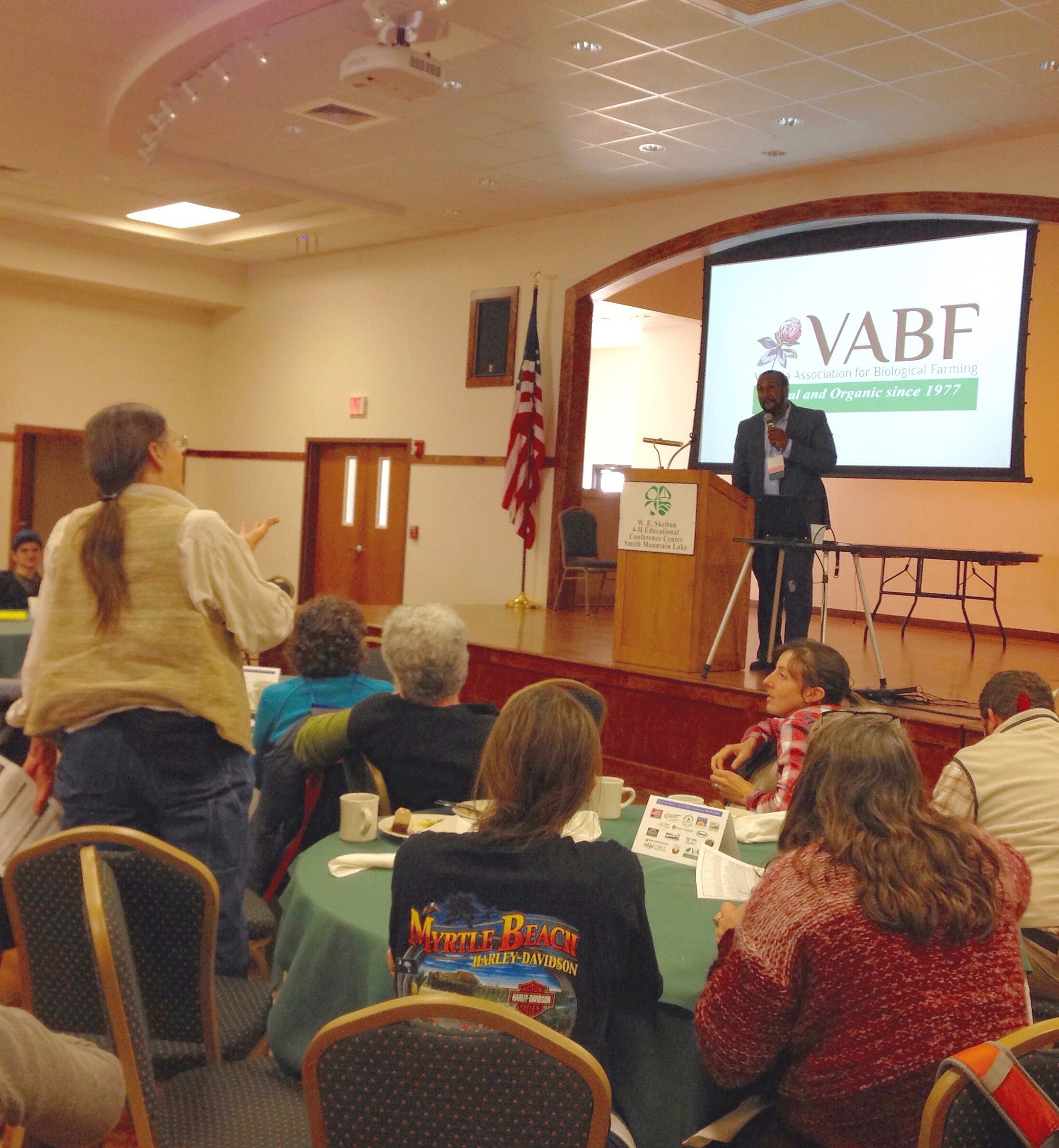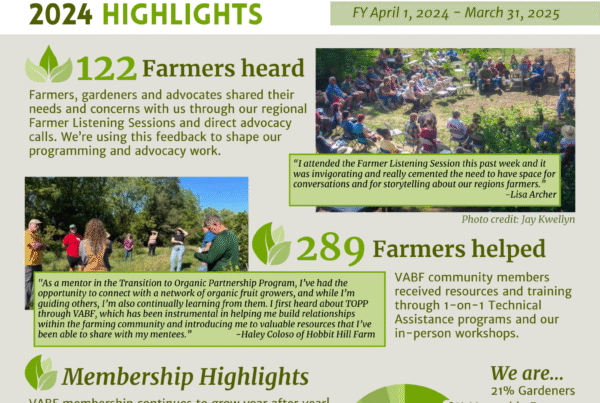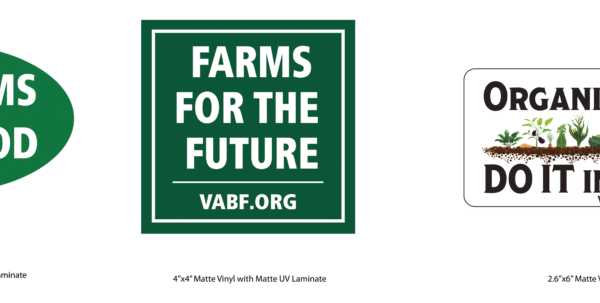
SIGMA — How long can you stand still outside, in the winter, even with winter clothes on, even at the peak of health? Not long, right? And why would you want to?
I know a plant that does love the cold. We should promote it, celebrate it, grow it and eat it.
I am talking about collards, one of the under-appreciated vegetables in our diet. It is even despised by some. Can you imagine that? It is easy to grow, easy to cook and one of the most nutritious veggies around.
And it will just stand out there in cold, rainy weather, take a frost and taste better – and even a freeze, up to a point, all the while staying alive and vibrant.
Here is my fix for countering the refrain of “but it tastes bad.” It is easy to cook, doesn’t take long and is a little sweet after first frost. Then it stays a little sweet all winter.
I know recipes vary in the South, but, at its simplest, all you have to do is cut the stems at 1/2 inch, then cut the leaves to a bite-size piece, put it all into a steamer basket and cook for five to 10 minutes. This sufficiently softens it without turning it into mush, which makes it lose some of its nutrition and color.
Don’t forget to drink or use as stock the “pot liquor.”
Next, you can simply drizzle your favorite salad dressing on it and eat.
Don’t put too much dressing on though or you lose some of the original sweet nutty flavor. You can also drizzle olive oil and tamari on it for variety. For a little extra pizzazz, you can sauté onions and garlic in a separate pan. Once browned just right, add some tamari and balsamic vinegar to the onions. You then mix the onions into the previously steamed collards. It’s awesome, delicious and nutritious.
And all the while, the collards you didn’t pick just patiently wait out in the weather until you are ready for another mess of greens.
Growing is easy too. They are a heavy feeder, though, so apply some extra compost before planting. I use compost mixed with trace minerals and a little composted chicken manure turned into a 3-4-3 fertilizer. Planting in the fall, September to early November, works well for me. We usually have nice, long fall weather for good growth before cold temperatures arrive. After a point, there are no more weeds or bugs, so they just keep growing undisturbed.
Sometimes I plant closer than suggested, even six inches to eight inches apart. I then cut or thin them later to allow the remaining plants to achieve full size. This gives you an early harvest of baby greens while extending the harvest time. Once mature, I harvest two or three large leaves off of each plant and let other leaves get bigger before the next harvest, further extending harvest a little more.
We still have a lot of nice collards right now.
We also plant collard plants in the spring for a wonderful addition to our diet. I don’t let the spring collards get too big because that’s when they can be bitter. Some of those I will cook a little longer to remove strong flavor.
I recommend that every garden have a patch of collards. You could have collards two or three times a week if you plan right. Eating local is good for you, and eating food grown in your climate and weather patterns and picked fresh is best for your health.
It might just impart some of that cold tolerance to you.
The spring collards will be gone by June so you could have collards from December to June. Not bad, eh?
I do, and I love them.
Here’s to a great, well-composted garden (or farm) and a healthy stand of collards – as well as a healthy diet.
Wilson, a farmer and consultant, writes about sustainable farming and gardening for The Independent News. Reach him via farmerjohnnewearth@yahoo.com.
© 2021 Pungo Publishing Co., LLC







